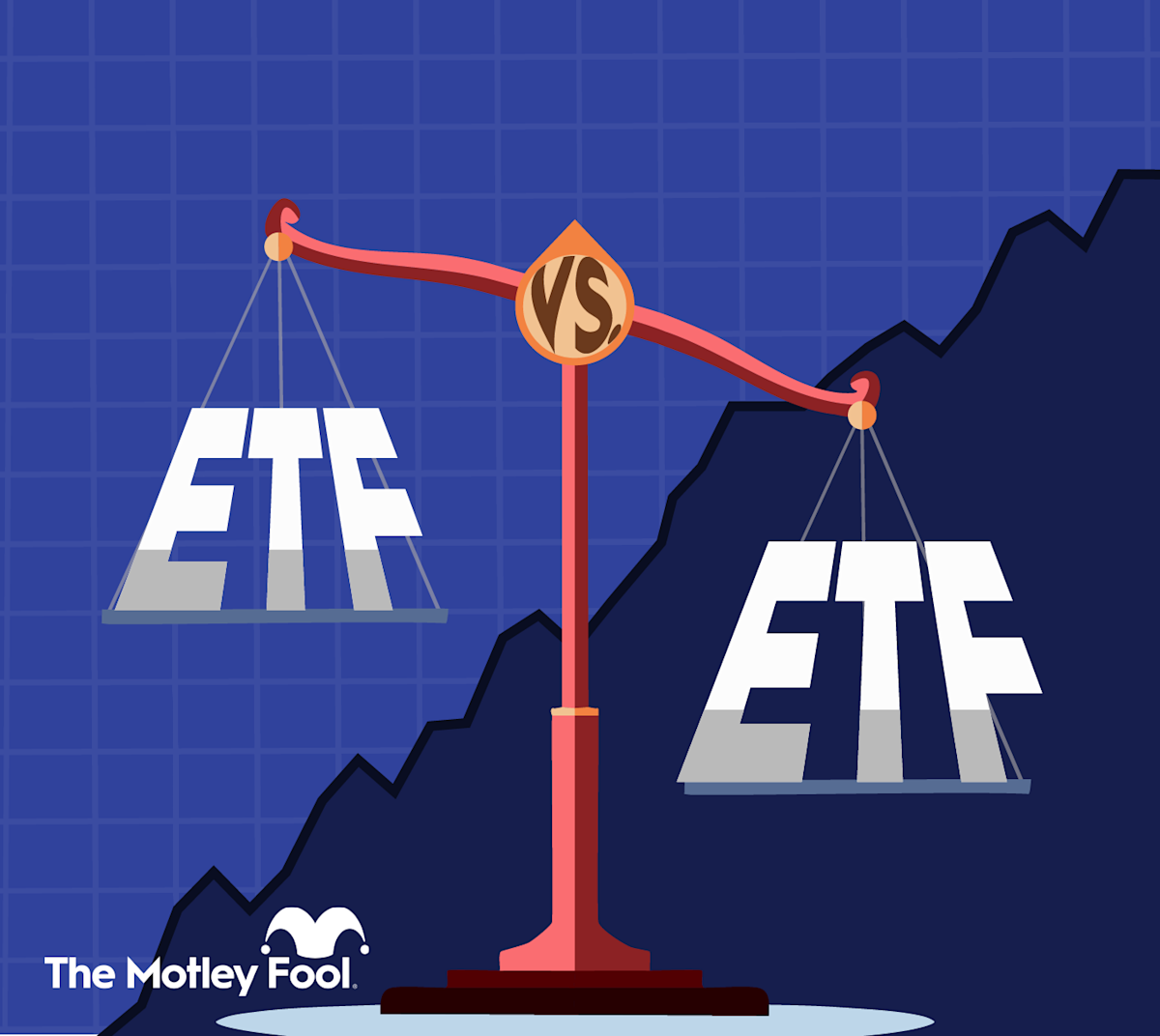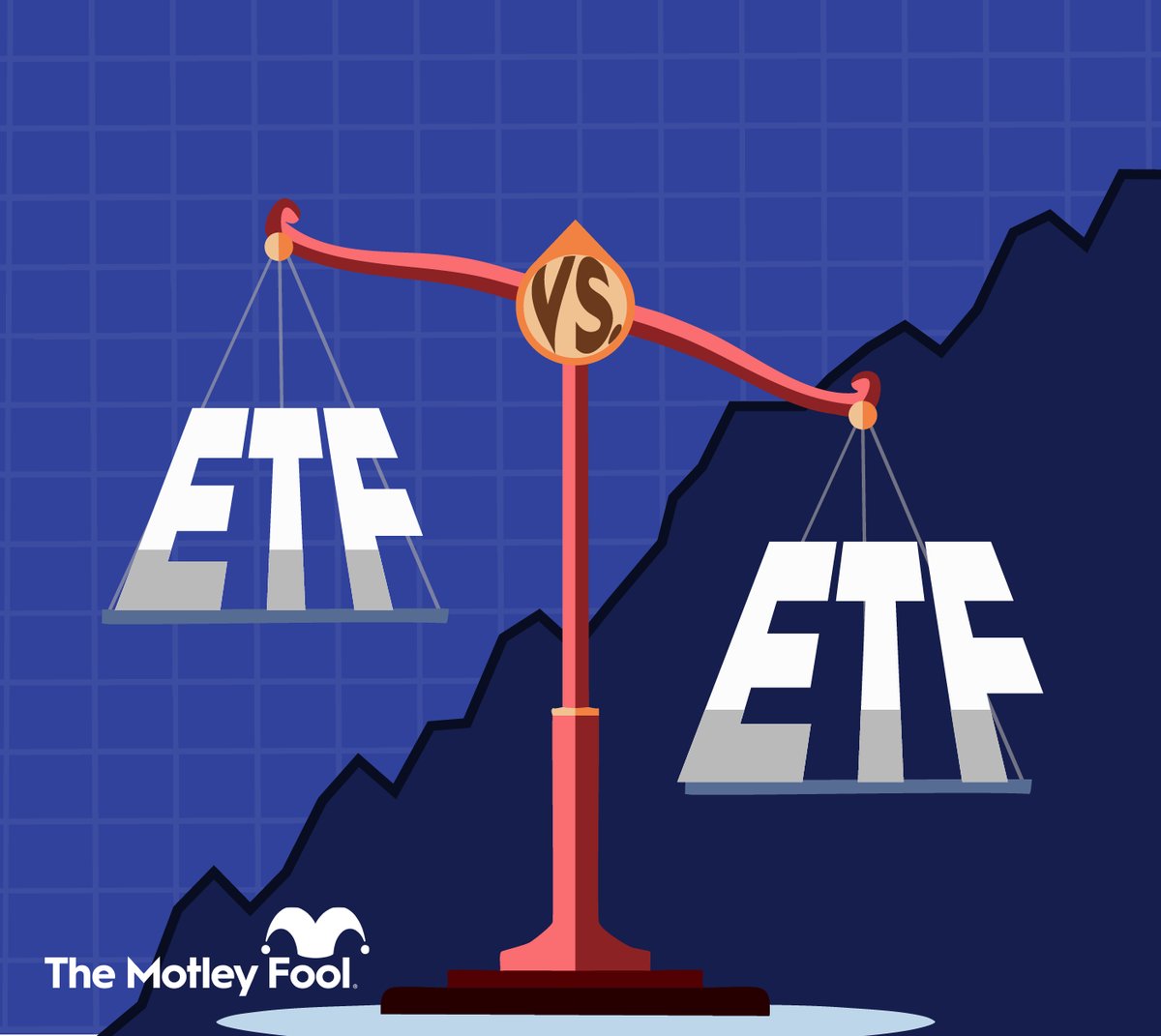What if Wall Street is quietly letting you overpay, year after year, for a financial product you could get for a fraction of the price? The illusion of choice, or the outright deception, in the world of Exchange Traded Funds (ETFs) is more rampant than you think. It’s not just about tiny expense ratios; it’s about the fundamental narrative being sold.
The Real Story: Marketing Over Matter?
For years, investors have been conditioned to choose between the broadly diversified embrace of Vanguard’s S&P 500 ETF (VOO) and the exhilarating, often volatile, surge of Invesco QQQ Trust (QQQ), dominated by technology and mega-cap growth. VOO, with its lower costs and expansive portfolio, champions the wisdom of broad market exposure. QQQ, on the other hand, beckons with the promise of outsized returns, a direct play on innovation’s cutting edge and the titans of the digital age. Both command massive assets, both are mainstays in financial planning, and both are perpetually hyped as the definitive choices for different investor profiles.
Yet, this relentless “either/or” narrative conveniently side-steps a deeper, more unsettling truth: the existence of financial doppelgängers. Imagine a scenario where a widely publicized S&P 500 ETF, a cornerstone of countless retirement accounts, has a ‘hidden twin’ – an alternative, perhaps lesser-known, fund that delivers virtually identical returns but at a dramatically lower per-share entry price, sometimes as low as $78. This isn’t theoretical; it’s a quiet reality many in the industry would prefer you didn’t scrutinize.
Consider the subtle but significant variations pushed under the guise of “better diversification” or “targeted growth.” Take the comparison between the Vanguard S&P 500 Growth ETF (VOOG) and the Mega-Cap Growth ETF (MGK). While both boast low fees and a tilt towards technology, VOOG holds over three times as many stocks and offers a slightly higher dividend yield. Ostensibly, these are different strategies, yet their ultimate performance trajectories often converge remarkably. Investors are left to parse intricate differences, spending mental capital on choices that, in the long run, deliver negligible differentiation from a simpler, cheaper, or perhaps, a ‘hidden twin’ option.
“The industry thrives on complexity and perceived premium,” a veteran market strategist, who wished to remain anonymous to avoid ‘rocking the boat,’ confided. “Why sell a $400 share fund, or a narrowly-defined ‘growth’ fund with marginal benefit, when a perfectly good $78 alternative offering the same core exposure exists? It’s not about investor value; it’s about asset under management, marketing budgets, and the lucrative illusion of choice.”
Why It Matters: The Price of Ignorance
This isn’t just about comparing expense ratios. This is about the insidious psychological warfare waged on the everyday investor. The constant drumbeat of “which ETF is better” between VOO and QQQ, or the subtle nudges towards specialized growth funds like MGK, serves a crucial purpose: to distract from the fundamental commoditization of market returns. When a fund can deliver the same robust S&P 500 returns as a more celebrated counterpart, but at a per-share cost that allows for greater accessibility or simply frees up more capital for additional investment, questions must be asked.
Why isn’t this ‘hidden twin’ widely publicized? Why are millions of retail investors diligently pouring capital into the most visible, often pricier, channels when a more efficient path exists? The answer lies in the ecosystem of finance: brand recognition, massive advertising budgets, and the comfort of familiarity. The financial machine thrives on every dollar that flows into its established channels, regardless of whether that channel is truly offering optimal value. Each percentage point in a fee, each higher share price, translates into billions for fund managers and marketers over time.
The implicit conflict is clear: the industry benefits from investor inertia and a lack of deep scrutiny. The average investor, bombarded by information, often defaults to the most recognizable names or the funds pushed by their advisors. This isn’t necessarily malicious intent, but it creates a systemic bias against lesser-known, equally effective, and often more cost-efficient alternatives. Your hard-earned money, intended to grow, might instead be slowly siphoned away by the perceived necessity of choosing between heavily marketed, yet functionally similar, options.
The Bottom Line: A Reckoning Approaches
The opaque corners of the ETF market are not just for institutional players anymore. Individual investors, armed with readily available data and a growing skepticism, are beginning to peel back the layers of marketing hype. They are discovering these ‘hidden twins’ and questioning the long-held narratives. This increased scrutiny is creating pressure for greater transparency and genuine value. If this trend towards exposing equivalent returns for less continues, the funds and advisors relying solely on brand recognition, perceived exclusivity, or marginal differentiators, will find their dominance increasingly challenged by a more informed, empowered, and frankly, more cynical investor base demanding true efficiency. The era of quietly overpaying may be drawing to a close.


